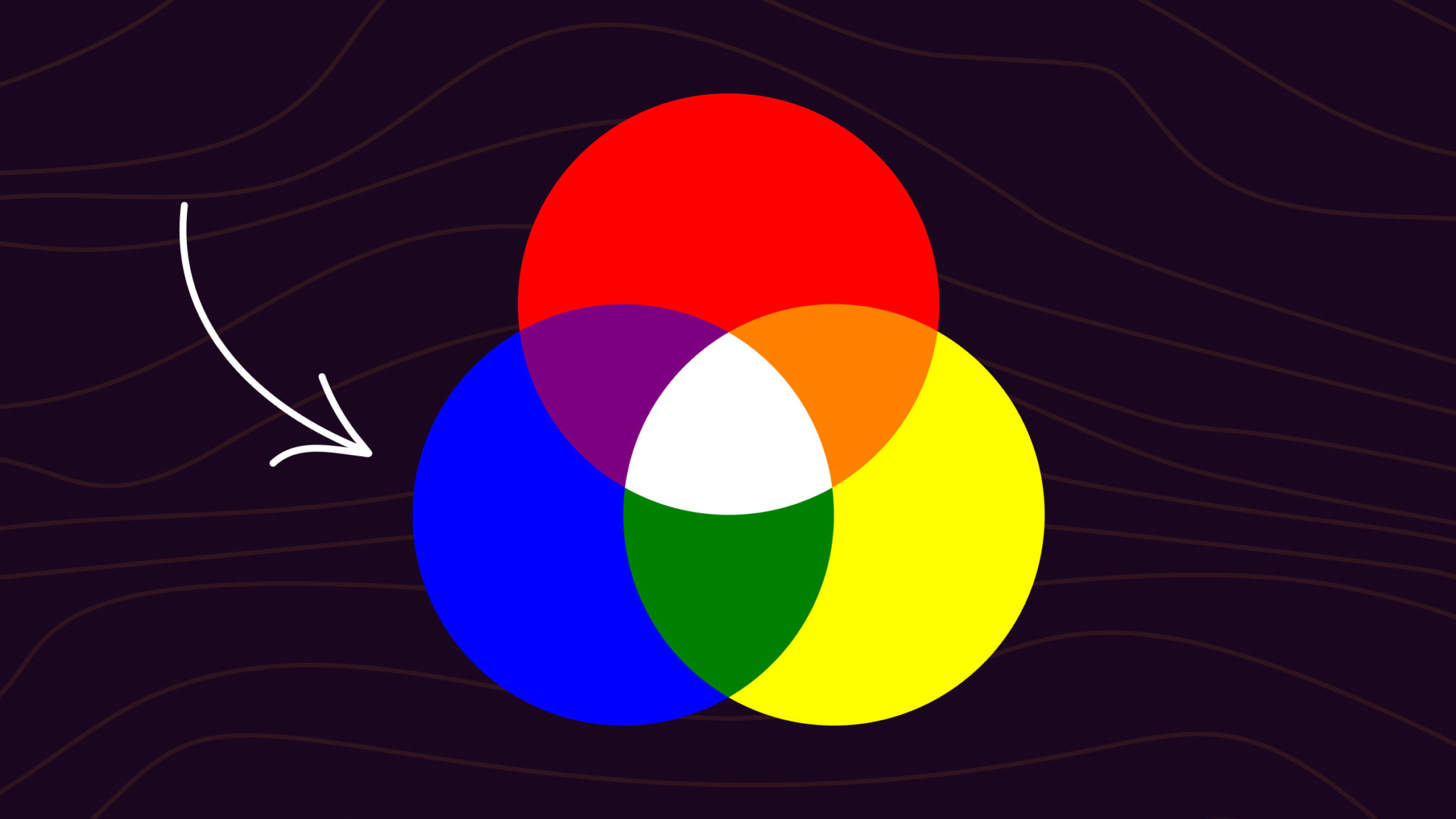The Science Behind Blue: What Colors Make Blue?
Blue is one of the most popular and versatile colors in the world, found in nature, art, fashion, and design. It is a primary color in the RGB (Red, Green, Blue) color model used in electronic displays and a secondary color in the CMYK (Cyan, Magenta, Yellow, Key/Black) color model used in printing. But what colors make blue, and how can we create different shades and hues of this captivating color?
Primary Colors
In the RGB color model, blue is considered a primary color, along with red and green. This means that blue cannot be created by mixing any other colors together. The RGB color model is based on the additive color mixing principle, where red, green, and blue light are combined to create a wide range of colors.When all three primary colors are combined at full intensity, they create white light. When two primary colors are combined, they create the secondary colors: cyan (blue + green), magenta (blue + red), and yellow (red + green).
Mixing Colors to Make Blue
While blue is a primary color in the RGB color model, it is a secondary color in the CMYK color model used for printing. In CMYK, blue is created by mixing cyan and magenta at full intensity.To create different shades of blue, you can mix blue with other colors:
- Adding white to blue creates a lighter, pastel shade of blue known as a tint.
- Adding black to blue creates a darker, more muted shade of blue known as a shade.
- Adding gray to blue creates a softer, more desaturated shade of blue known as a tone.
You can also create different hues of blue by mixing blue with other colors:
- Mixing blue with green creates a more turquoise or aqua-like blue.
- Mixing blue with purple creates a more indigo or violet-like blue.
- Mixing blue with yellow creates a more green-like blue or a teal color.
The Psychology of Blue
Blue is often associated with calmness, stability, and intelligence. It is a popular color in many cultures and is often used in branding and marketing to convey trustworthiness and professionalism.However, the psychological effects of blue can vary depending on the shade and context. Light blues are often seen as calming and serene, while darker blues can be perceived as more serious and authoritative. Blue is also often associated with sadness, as in the phrase “feeling blue.”
The Symbolism of Blue
Blue has a rich history of symbolism and meaning across cultures. In many religions, blue is associated with the divine and the heavens. In Christianity, the Virgin Mary is often depicted wearing blue robes, and blue is a popular color for church vestments and stained glass windows.In ancient Egypt, blue was associated with the Nile River and the sky, and was used to create the pigment known as Egyptian blue. In ancient Greece, the goddess Athena was often depicted with blue eyes, and the word “cyan” comes from the Greek word for dark blue.In modern times, blue has become a popular color for uniforms, from police officers to flight attendants, and is often used to represent authority and professionalism.
FAQ
What colors make blue?
Blue is a primary color in the RGB color model and a secondary color in the CMYK color model. In RGB, blue cannot be created by mixing any other colors together. In CMYK, blue is created by mixing cyan and magenta at full intensity.
How do you create different shades of blue?
To create different shades of blue, you can mix blue with other colors:
- Adding white to blue creates a lighter, pastel shade of blue known as a tint.
- Adding black to blue creates a darker, more muted shade of blue known as a shade.
- Adding gray to blue creates a softer, more desaturated shade of blue known as a tone.
What colors make a turquoise blue?
To create a turquoise or aqua-like blue, mix blue with green.
What colors make an indigo blue?
To create an indigo or violet-like blue, mix blue with purple.
What colors make a teal blue?
To create a teal color, mix blue with yellow.
What are the psychological effects of blue?
Blue is often associated with calmness, stability, and intelligence. Light blues are often seen as calming and serene, while darker blues can be perceived as more serious and authoritative. Blue is also often associated with sadness.
What is the symbolism of blue?
Blue has a rich history of symbolism and meaning across cultures. In many religions, blue is associated with the divine and the heavens. In ancient Egypt, blue was associated with the Nile River and the sky, and was used to create the pigment known as Egyptian blue. In modern times, blue is often used to represent authority and professionalism.
| Information | Source |
|---|---|
| RGB and CMYK color models | Wikipedia |






More Stories
Where to Watch USMNT vs Jamaica National Football Team
How I Met My Monster
How Should a Ring Fit